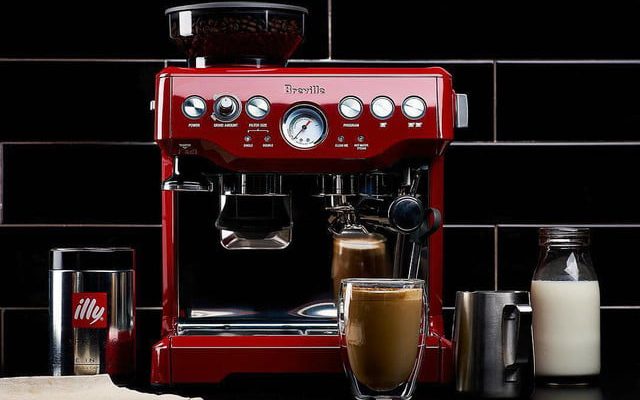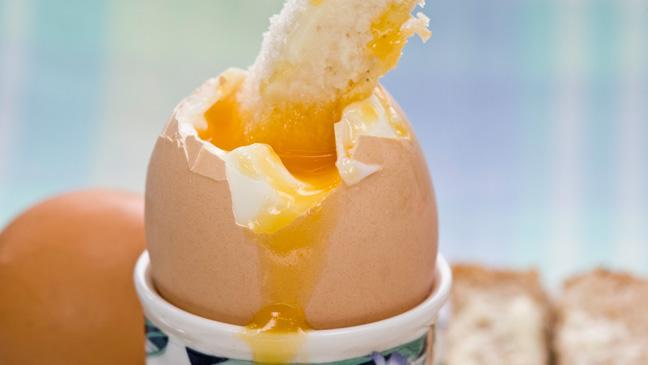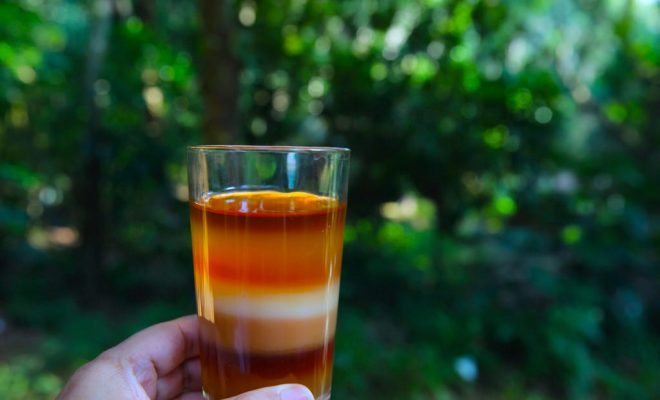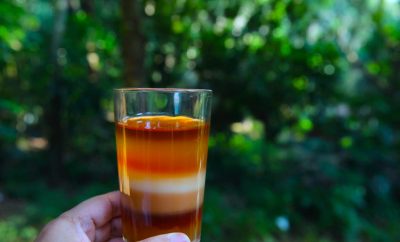
Technology
Select the Best Espresso Machine
As soon as you start the Infuser’s bundle, all of its components are in front of you along with marked clearly. Whereas the machines we analyzed had instructions that are uncertain with diagrams the documentation is easy to follow and illustrated. Additionally, it comes with a “how to get started making espresso” sheet that anyone can follow.
The Breville Infuser was the best out of all of the machines because of its functionality for both espresso and milk steaming, ease of use, and also the fact that it includes all the accessories required to begin. It created a shot of espresso, and it was simple to set up and use. Clive Coffee’s Mark Hellweg said that Breville’s espresso machines–beginning with the Infuser–are a few of the best home-use machines “designed with professional needs in mind.” Really, the professionals from the java education program of Stumptown were all impressed with how easy it was to make good espresso. And it starts with the second.
Employing the Infuser is a breeze, even in the event that you’ve never touched a espresso machine before. First off, its water reservoir is removable so you can take it to the sink and then pop it back in–there is no fussing with an excess pitcher to ferry water into the machine, which both the Rancilio Silvia and Gaggia Classic needed. Press the Power button and the Infuser turns on. Once the water gets to brewing temperature less than a minute after, it beeps. After everything is prepared, out the portafilter fills use a tamper press a button, and attach the portafilter to the machine. The machine has a preset single and dual shot timer (that can be personally customized), but I opted to not utilize those and instead started and ceased it manually. I managed to quickly dial in the Hair Bender mix in just a couple of minutes (here’s a fast primer on dialing in espresso). Subsequent testing that is single-origin was painless.
In accordance with Clive Coffee, “A PID sends brief bursts of electricity to your boiler, keeping the temperature inside a very narrow selection.” And temperatures make for coffee. While you are able to add a PID to the Gaggia and Rancilio machines, then it will cost a couple of hundred bucks extra and/or demands some DIY know-how.
Tasters were all impressed by the consistency of the completed espresso coming from the Infuser. Each shot had good mouthfeel and a fantastic amount of crema on top (the dense and foamy part on top), like everything you’d expect from a high-quality cafe. These machines had lower highs that tainted their higher highs and were more likely to use — we had some shots that are genuinely barista-quality from the Silvia — while its best-tasting shots did not really live up to those we pulled from the Gaggia Classic and Rancilio Silvia. It was powerful enough to pull shots using coffee that has been ground very finely (we used setting 8.5/55 about the Rancilio Rocky–where 55/55 is the coarsest), while more economical machines, like the Breville Duo-Temp Guru, could not manage anything finer than an 11/55–the outcome was a duller, more sour espresso. The pump of the Infuser also kept pressure that was consistent during the brewing process maintaining a steady stream of espresso. As signaled by uneven flow rate, the Gaggia Classic, on the other hand, experienced some alterations.
In regards to producing milk drinks, the Breville Infuser’s steam wand was undoubtedly the best we analyzed. Although the steam wand takes a little bit of time to fully heat and steam the milk into temperature–about a moment compared with the 30 seconds you’d expect from a $1,000-plus machine–we discovered it was the only sub-$1,000 machine which could produce café-quality microfoam effective at generating latte art. Another machines just couldn’t capture the foam to be dense enough. The Gaggia Classic was bad in this respect, making large bubbles which instantly collapsed once pumped.
















0 comments